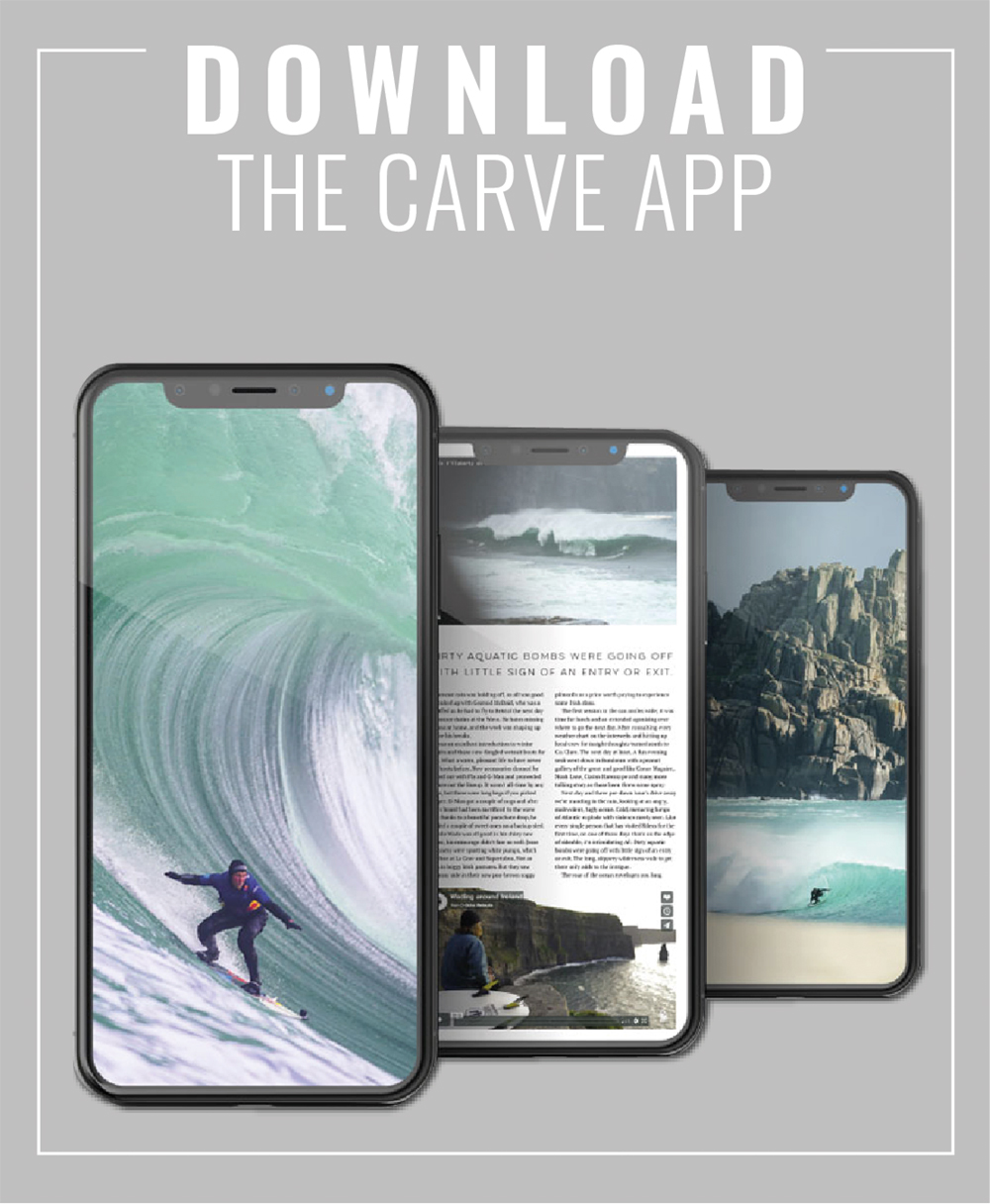The wild ride of wave pools has just hit a very large pothole. The latest kid on the block that has everyone frothing, the BSR Cable Park in Waco, Texas, has been closed early for the season and won’t reopen until March as they investigate the possibility a surfer died from a brain-eating bug. It’s a hard thing to test for but being careful is obvs the sensible course and so they’re working with the CDC to see if the park was the source. Our thoughts are with Fabrizio Stabile’s family and friends.
Managing any freshwater body of water is tricky. Kayakers and river users know full well the risks of gastro bugs and of fatal conditions like Weil’s disease, which gets washed into water courses from rat runs when rivers are in flood. The park has stated they’re going to instal filtration and manage the pool as a pool as opposed to a swimming lake in future. More below…
The Waco Tribune-Herald reports Centers for Disease Control and Prevention is testing BSR Cable Park’s Surf Resort for Naegleria fowleri, a rare but highly deadly amoeba colloquially known as a “brain-eating amoeba.”
BSR Cable Park owner Stuart E. Parsons Jr. said it will continue to comply with requests related to the investigation of Fabrizio Stabile’s death. The 29-year-old man died in New Jersey earlier this month after falling ill with Naegleria fowleri. Parsons said Stabile had been in the park’s wave pool. Officials are investigating the source.
An obituary in The Press of Atlantic City describes Stabile as an avid outdoorsman who loved fishing, surfing and snowboarding.
“Our hearts and prayers are with his family, friends, and the New Jersey surf community during this difficult time,” Parsons said. He said the surf resort, which operates an artificial man-made wave, is in compliance with the CDC’s “guidelines and recommendations concerning Naegleria fowleri.”
The surf resort has closed pending the test results from the CDC, he said.
The CDC says people are typically infected when they go diving or swimming in warm freshwater places. Normally, people are infected when contaminated water enters through their nose, according to the agency.






